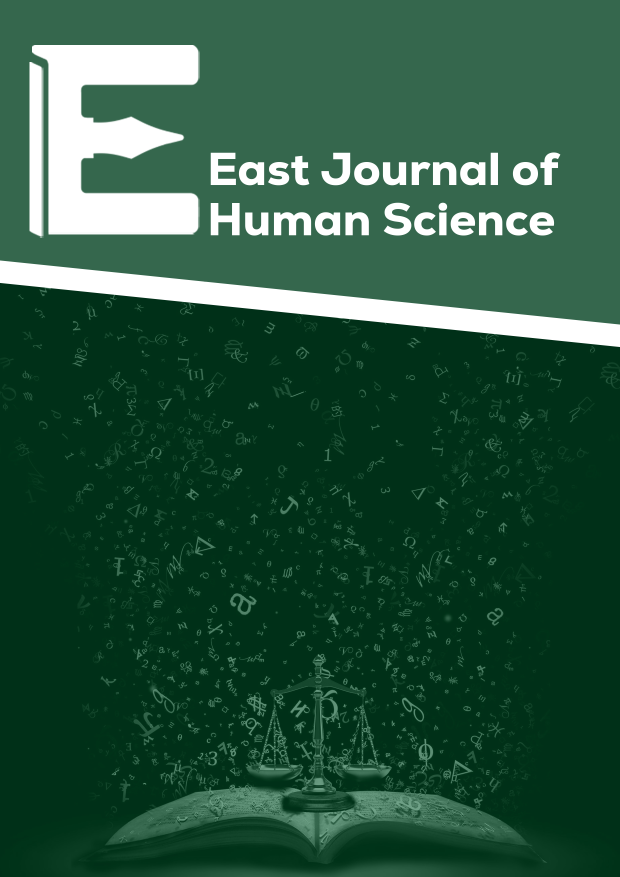Chasing Shadows: The Clash of Dreams and Reality in F. Scott Fitzgerald’s The Great Gatsby
Main Article Content
Abstract
F. Scott Fitzgerald's The Great Gatsby (1925) stands as seminal critique of the American Dream, exposing the moral bankruptcy benefit its glittering facade. I argue that Great Gatsb's trajectory his obsessive pursuit of Daisy andcthe idealized past serves as allegory for the corrupted American Dream, where materialism supplants moral integrity. Key symptoms like the green light and Valley of Ashes are examined as manifestations of this tension between aspiration and reality, while Nick's Carraway's unreliable narration underscores the novel's central paradox. The Great Gatsby's enduring relevance as both a Jazz Age artifact and a cautionary tale about the dangers of conflicting dreams with delusion. Ultimately, Fitzgerald's masterpiece compels us to question what is lost when society privileges spectacle over substance and ambition over ethics.
Article Details
Section

This work is licensed under a Creative Commons Attribution 4.0 International License.





